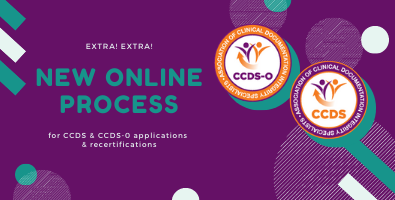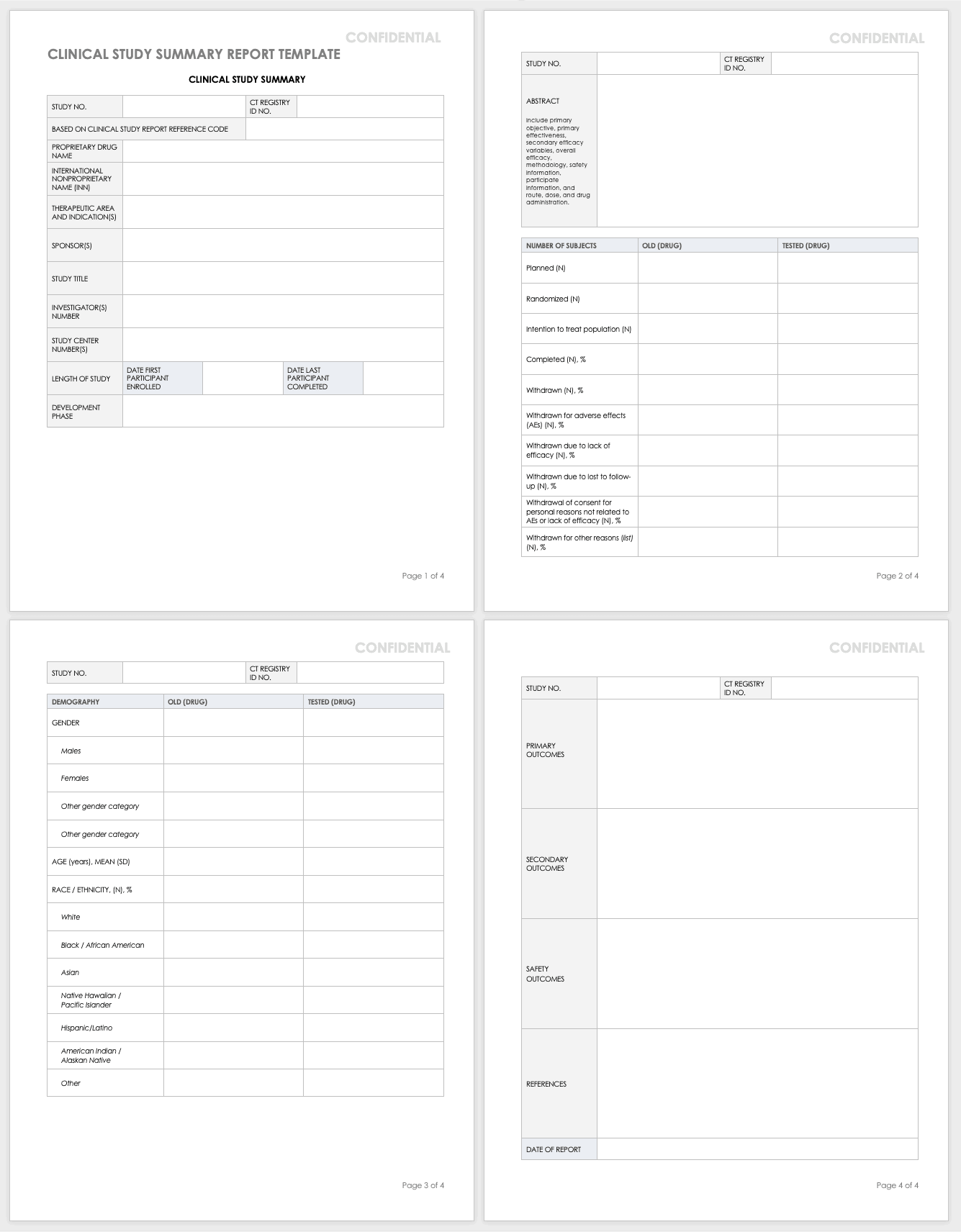Download Describe The Purpose Of A Clinical Documentation Improvement Program


Are There Hidden Clinical Documentation Improvement (CDI) Problems Crushing Your Bottom Line?By Posted: Clinical documentation improvement is a fundamental cornerstone for data quality, accurate reporting, streamlined claims reimbursement and robust public health information tracking. More than an essential component of the health care system, CDI quantifiably affects revenue. According to Black Book Market Research, 90% of hospitals with 150 beds or more that functions realized at least $1.5 million increase in revenue and claims reimbursement.Depending on how well equipped your organization is at solving the most prevalent CDI problems, you may not be collecting the reimbursement to which you are entitled. Here are four problems affecting clinical documentation improvement: 1. Incomplete or inaccurate documentation.DRG assignments and codes affect billing and, if assigned erroneously, can lead to denied claims or inaccurate reimbursements. Truth time – how thorough is your physicians’ documentation? The latest health care technology can recommend potentially missed clinical indicators or documents lacking required specificity that, if caught early, can lead to higher quality care, exact coding and accurate reimbursement.
Physician query fatigue.The extraordinary time demands placed upon physicians is no secret. They are frequently pulled in multiple directions and workflows, whether it’s a request from the patient care team, a required signature, or patient order clarification suffice to say physicians are spread thin. An EMR workflow provides physicians the ability to answer all requests in a single platform. Communication gaps between CDI specialists (CDIS), coders and auditors.Physically and organizationally, CDIS and coders may work in two different areas, making collaboration difficult. A single technology platform that encompasses workflows for all stakeholders and provides visibility into the same work queues eases the burden of rework and redundancies.
With the platform, DRG recommendations are shared with coders quickly, and auditors can expedite resolutions, and avoid discrepancies, re-billing and denied claims. The CDIS can instantly see the coder’s recommendations, and proactively assess, then sign off on the DRG selection.

Conversation between the CDIS, auditor and coder are retained and viewable, easier for tracking the reconciliation of issues or concerns. Prioritization of work.How do CDIS know what to do first? Are they reviewing the most impactful cases that require immediate attention or are they selecting the easiest ones and tackling them first? Improve productivity by implementing a workflow that surfaces the most valuable cases first with automated case prioritization. The user can quickly parse out different review types – by DRG, patient status, length of stay or query status.
Cases flagged by an auditor or coder are visually identified so they can be addressed first.The right eliminates problems that impede quality and reimbursement success. Without it, your quality scores could be undermined and cash flow unnecessarily diminished.
No matter what the Centers for Medicare & Medicaid decide to do with the implementation deadline, clinical documentation improvement (CDI) may become a survival tactic for hospitals.CDI is a process typically used in hospitals that employs specialists who review clinical documents and provide feedback to physicians, says Mark Morsch, vice president of technology at. The feedback is designed to fill gaps in documentation such as questions about coding, quality measures and overall care management of a patient. 'This kind of feedback loop back to the physician is intended essentially to make sure that documentation is high quality and corresponds to care delivered as well as the diagnoses that are being made.' The feedback loop could be a form that requests more information or a simple email that is sent to the physician.
Clinical Documentation Improvement Specialist Salary
It can be labor intensive because it requires a CDI specialist who understands the clinical needs of patients and the gaps in documention in a chart.Morsch says natural language processing (NLP) can streamline the process by identifying the important data elements. Run it across all the cases and present a prioritize list of cases to review.But one of the problems with CDI is that it creates the feedback loop after a patient leaves the facility.' We definitely see an opportunity and ability within technology to automate queries,' says Morsch. That means an application could use NLP to recognize opportunities to provide better clinical information in real time - while the patient is there. 'We want to be able to automate as much of that as possible to make that a very fast feedback loop.' That means a key part of this is linking the computer assisted coding (CAC) system to (EHRs) and integrating into physician workflows.
And not every query will be automated. Some diagnoses will be better suited to this technology.Morsch says OptumInsight doesn't offer that capability now, but is working on it as part of their CAC products very soon.Whether the feedback loop is automated or not, physician documentation training is an important part of the process. A CDI specialist can take a look at the types of queries and train physicians'The big motivation here is of course ICD-10,' says Morsch. The growth in codes and the increased specificity of the codes is going to require more detail in medical records. Hospitals will need specialist to make sure documentation leads to the correct ICD-10 codes.But there are gains to be made now with documentation for ICD-9 coding. 'Even without ICD-10, there is a very strong case for CDI,' says Morsch.
Documentation supports coding which is the basis of correct revenue and reimbursement. Otherwise a hospital could be losing revenue. Documentation is necessary for complying with quality measures.
Quality information supports care management and making sure protocols are followed.All three are good reasons to improve clinical documentation but it's the revenue considerations that create a real return on investment now and after ICD-10 implementation.Carl Natale blogs regularly at.
